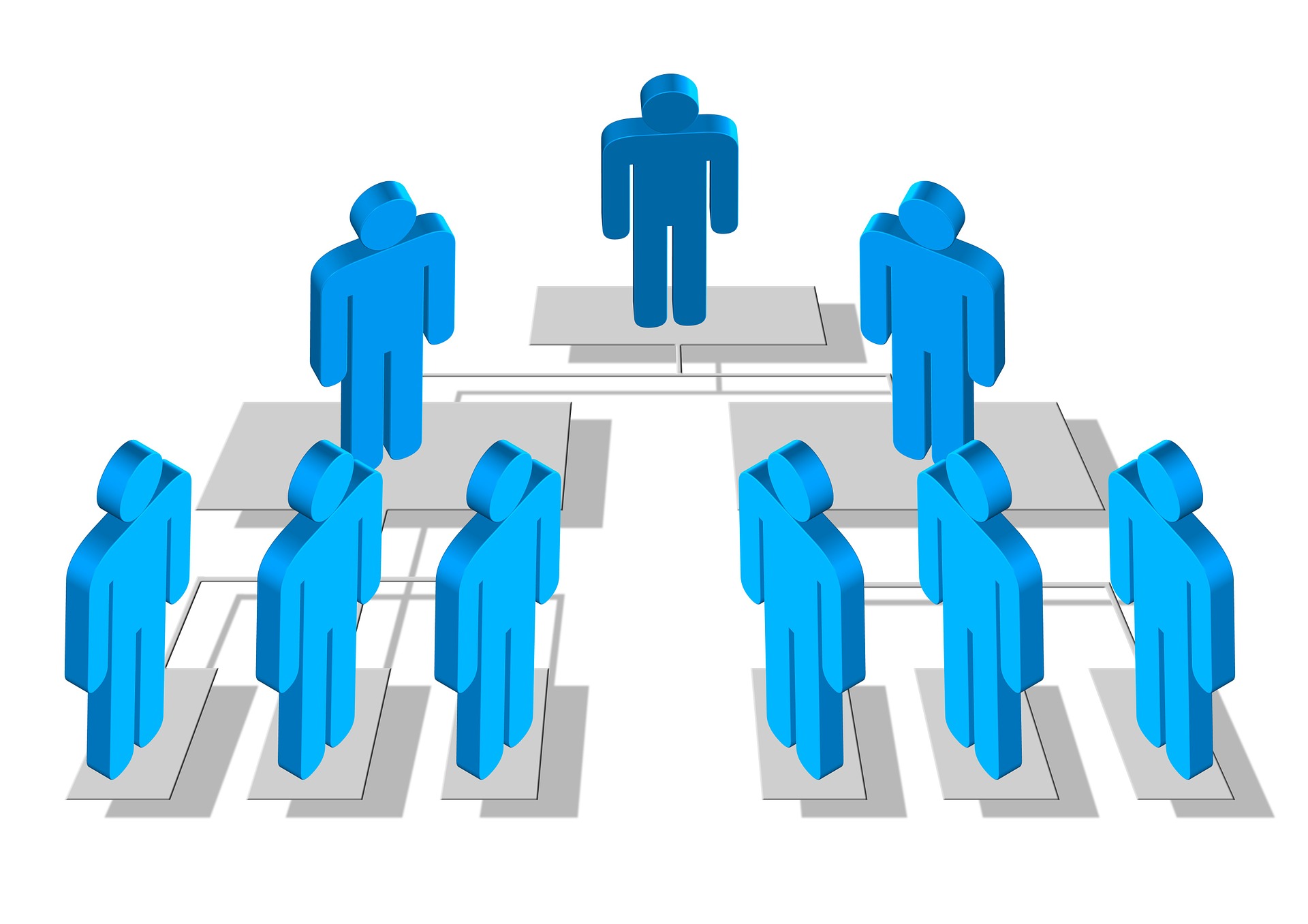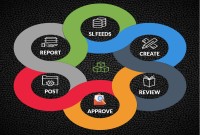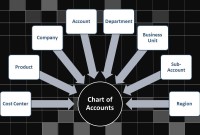- Home
- Business Processes
- Industry Knowledge
- Aerospace Industry
- Automotive Industry
- Banking Domain
- BFSI Industry
- Consumer/ FMCG Industry
- Chemicals Industry
- Engineering & Construction
- Energy Industry
- Education Domain
- Finance Domain
- Hospitality Domain
- Healthcare Industry
- Insurance Domain
- Retail Industry
- Travel and Tourism Domain
- Telecom Industry
- Leadership Skills
- eLearning
- Home
- Business Processes
- General Ledger (Record to Report)
- Different Types of Organizational Structures
Different Types of Organizational Structures
Modern business organizations run multiple product and service lines, operate globally, leverage large number of registered legal entities, and operate through complex matrix relationships. To stay competitive in the current global business environment, they must often develop highly diverse and complex organizational structures that cross international borders.
Modern business organizations run multiple product and service lines, operate globally, leverage large number of registered legal entities, and operate through complex matrix relationships. To stay competitive in the current global business environment, they must often develop highly diverse and complex organizational structures that cross international borders.
The various, multifaceted tasks and activities of an organization have to be divided into smaller, manageable components to facilitate efficient achievement of business objectives. Regulatory and management needs are the main driving forces behind organizational structures. These complexities create need for advanced operational and supporting business processes to drive organization wide effectiveness, efficiency and achieve business objectives.
This forces companies to create a diverse array of subsidiaries, legal entities, organizations, and accounting processes to ensure a smooth and profitable business flow. Tax considerations also impact how businesses construct these complex legal structures. In this section we will explore the different legal and operational structures that are commonly adopted by these global conglomerates.
Legal Structure - Driven by regulatory needs
Every organization must have a registered or legislated legal structure. In rapidly changing national and global business environment, it has become necessary that regulation of corporate entities is in tune with the emerging economic trends, encourage good corporate governance and enable protection of the interests of the investors and other stakeholders. Further, due to continuous increase in the complexities of business operation, the forms of corporate organizations are constantly changing.
Legal structures are driven by compliance and is used for external purposes. They are generally mandatory for all businesses. Banks, investors, customers, suppliers, lenders and regulators use these business structures to make contacts, approve loans, lines of credits and to make sure you are following regulatory requirements.
When you are just starting out you may not worry too much about the formal decision making process in your business. But, as your business grows issues about who has the authority to make what decisions could undercut your ability to make deals or grow as quickly as you want to. It is even more important to make sure the lines of authority are clear when multiple people own the business. Different business structures allow for different types of decision-making processes and lines of authority. If you want to avoid a legal battle in the future over who is in charge of your business, you have to choose the right business entity. You will also want to make sure those details are spelled out in any legal formation documents drafted by your business lawyer.
When choosing a business entity you are also committing to doing what is needed to maintain the legal status of your business. Different types of companies have different types of compliance burdens. The simplest structure is the sole proprietorship, which usually involves just one individual who owns and operates the enterprise. If your business will be owned and operated by several individuals, you'll want to take a look at structuring your business as a partnership. The corporate structure is more complex and expensive than most other business structures. A corporation is an independent legal entity, separate from its owners, and as such, it requires complying with more regulations and tax requirements.
Types of Legal Structures:
- Sole Proprietorship
- Partnership
- Limited Liability
- Legal Entity
- Subsidiary
- Representative Office
- Branches - Domestic and Foreign
- Joint Venture
- Corporation or Conglomerate
Operational Structure - Driven by management needs
The company defines its operational structures to assign roles and responsibilities and fix accountability at various levels where actual business activities take place. These levels are used to divide the control of economic resources and operational processes in a business. People at these operating levels have a duty to maximize the use of scarce resources, improve processes, and account for their performance. These levels are known as operating units and used to record and report financial/other information that is not legally required, but that is used for internal control.
Types of internal organizational structures:
- Hierarchical organizational structures
- Functional organizational structures
- Horizontal or flat organizational structures
- Divisional organizational structures (market-based, product-based, geographic)
- Matrix organizational structures
- Team-based organizational structures
- Network organizational structures
Related Links
You May Also Like
-
GL - Journal Posting and Balances
In this tutorial, we will explain what we mean by the posting process and what are the major differences between the posting process in the manual accounting system compared to the automated accounting systems and ERPs. This article also explains how posting also happens in subsidiary ledgers and subsequently that information is again posted to the general ledger.
-
The general ledger is the central repository of all accounting information in an automated accounting world. Summarized data from various sub-ledgers are posted to GL that eventually helps in the creation of financial reports. Read more to understand the role and benefits of an effective general ledger system in automated accounting systems and ERPs.
-
GL - Unearned / Deferred Revenue
Unearned revenue is a liability to the entity until the revenue is earned. Learn the concept of unearned revenue, also known as deferred revenue. Gain an understanding of business scenarios in which organizations need to park their receipts as unearned. Look at some real-life examples and understand the accounting treatment for unearned revenue. Finally, look at how the concept is treated in the ERPs or automated systems.
-
Five Core General Ledger Accounts
Typically, the accounts of the general ledger are sorted into five categories within a chart of accounts. Double-entry accounting uses five and only five account types to record all the transactions that can possibly be recorded in any accounting system. These five accounts are the basis for any accounting system, whether it is a manual or an automated accounting system. These five categories are assets, liabilities, owner's equity, revenue, and expenses.
-
Legal Structures in Businesses
Businesses not only vary in size and industry but also in their ownership. Most businesses evolve from being owned by just one person to a small group of people and eventually being managed by a large numbers of shareholders. Different ownership structures overlap with different legal forms that a business can take. A business’s legal and ownership structure determines many of its legal responsibilities.
-
In this article, we will describe how to determine if an account needs adjustment entries due to the application of the matching concept. Learners will get a thorough understanding of the adjustment process and the nature of the adjustment entries. We will discuss the four types of adjustments resulting from unearned revenue, prepaid expenses, accrued expenses, and accrued revenue.
-
Legal Structures for Multinational Companies
A multinational company generally has offices and/or factories in different countries and a centralized head office where they coordinate global management. A multinational company (MNC)is a corporate organization that owns or controls the production of goods or services in at least one country other than its home country.
-
Reversing Journals are special journals that are automatically reversed after a specified date. A reversing entry is a journal entry to “undo” an adjusting entry. When you create a reversing journal entry it nullifies the accounting impact of the original entry. Reversing entries make it easier to record subsequent transactions by eliminating the need for certain compound entries. See an example of reversing journal entry!
-
In this article, we will explain the general Ledger journal processing flow from entering journals to running the final financial reports. Understand the generic general ledger process flow as it happens in automated ERP systems. The accounting cycle explains the flow of converting raw accounting data to financial information whereas general ledger process flow explains how journals flow in the system.
-
GL - Understanding Chart of Accounts
A chart of accounts (COA) is a list of the accounts used by a business entity to record and categorize financial transactions. COA has transitioned from the legacy accounts, capturing just the natural account, to modern-day multidimensional COA structures capturing all accounting dimensions pertaining to underlying data enabling a granular level of reporting. Learn more about the role of COA in modern accounting systems.
Explore Our Free Training Articles or
Sign Up to Start With Our eLearning Courses

About Us
Learning
© 2023 TechnoFunc, All Rights Reserved











